1.
Introduction
Quantum calculus or briefly q-calculus is a study of calculus without limits. Post-quantum or (p,q)-calculus is a generalization of q-calculus and it is the next step ahead of the q-calculus. Quantum Calculus is considered an incorporative subject between mathematics and physics, and many researchers have a particular interest in this subject. Quantum calculus has many applications in various mathematical fields such as orthogonal polynomials, combinatorics, hypergeometric functions, number theory and theory of differential equations etc. Many scholars researching in the field of inequalities have started to take interest in quantum calculus during the recent years and the active readers are referred to the articles [2,3,7,8,9,11,12,16,17,21,24,25,27,28,29] and the references cited in them for more information on this topic. The authors explore various integral inequalities in all of the papers mentioned above by using q-calculus and (p,q)-calculus for certain classes of convex functions.
In this paper, the main motivation is to study trapezoid type (p,q)-integral inequalities for convex and quasi-convex functions. In fact, we prove that the assumption of the differentiability of the mapping in the (p,q)
-Hermite-Hadamard type integral inequalities given in [12] can be eliminated. The relaxation of the differentiability of the mapping in the (p,q)-Hermite-Hadamard type integral inequalities proved in [12] also indicates the originality of results established in our research and these findings have some relationships with those results proved in earlier works.
2.
Preliminaries
The basic concepts and findings which will be used in order to prove our results are addressed in this section.
Let I⊂R be an interval of the set of real numbers. A function f:I→R is called as a convex on I, if the inequality
holds for every x,y∈I and t∈[0,1].
A f:I→R known to be a quasi-convex function, if the inequality
holds for every x,y∈I and t∈[0,1].
The following properties of convex functions are very useful to obtain our results.
Definition 2.1. [19] A function f defined on I has a support at x0∈I if there exists an affine function A(x)=f(x0)+m(x−x0) such that A(x)≤f(x) for all x∈I. The graph of the support function A is called a line of support for f at x0.
Theorem 2.1. [19] A function f:(a,b)→R is a convex function if and only if there is at least one line of support for f at each x0∈(a,b).
Theorem 2.2. [4] If f:[a,b]→R is a convex function, then f is continuous on (a,b).
Perhaps the most famous integral inequalities for convex functions are known as Hermite-Hadamard inequalities and are expressed as follows:
where the function f:I→R is convex and a,b∈I with a<b.
By using the following identity, Pearce and Pečarić proved trapezoid type inequalities related to the convex functions in [18] and [6]. Some trapezoid type inequalities related to quasi-convex functions are proved in [1] and [9].
Lemma 2.3. [6] Let f:I∘⊂R→R be a differentiable mapping on I∘ (I∘ is the interior of I), a,b∈I∘ with a<b. If f′∈L[a,b], then the following equality holds:
Some definitions and results for (p,q)-differentiation and (p,q)-integration of the function f:[a,b]→R in the papers [12,22,23].
Definition 2.2. Let f:[a,b]→R be a continuous function and 0<q<p≤1, then (p,q)-derivative of f at t∈[a,b] is characterized by the expression
The function f is said to be (p,q)-differentiable on [a,b], if aDp,qf(t) exists for all t∈[a,b]. It should be noted that
It is clear that if p=1 in (2.3), then
the q-derivative of the function f defined on [a,b] (see [16,21,25,26]).
Remark 2.1. If one takes a=0 in (2.3), then 0Dp,qf(t)=Dp,qf(t), where Dp,qf(t) is the (p,q)-derivative of f at t∈[0,b] (see [5,10,20]) defined by the expression
Remark 2.2. If for a=0 and p=1 in (2.3), then 0Dqf(x)=Dqf(t), where Dqf(t) is the q-derivative of f at t∈[0,b] (see [15]) given by the expression
Definition 2.3. Let f:[a,b]→R be a continuous function and 0<q<p≤1. The definite (p,q)-integral of the function f on [a,b] is defined as
If c∈(a,b), then the definite (p,q)-integral of the function f on [c,b] is defined as
Remark 2.3. Let p=1 be in (2.7), then
the definite q-integral of the function f defined on [a,b] (see [16,21,25,26]).
Remark 2.4. Suppose that a=0 in (2.7), then
the definite (p,q)-integral of f on [0,b] (see [20,22,23]). We notice that for a=0 and p=1 in (2.7), then
is the definite q-integral of f over the interval [0,b] (see [15]).
Remark 2.5. When we take a=0 and p=1, then the existing definitions in the literature are obtained, hence the Definition 2.2 and Definition 2.3 are well defined.
Quantum trapezoid type inequalities are obtained by Noor et al.[16] and Sudsutad [21] by applying the definition convex and quasi-convex functions on the absolute values of the q-derivative over the finite interval of the set of real numbers.
Lemma 2.4. Let f:[a,b]⊂R→R be a continuous function and 0<q<1. If aDqf is a q-integrable function on (a,b), then the equality holds:
The (p,q)-Hermite-Hadamard type inequalities were proved in [12].
Theorem 2.5. Let f:[a,b]→R be a convex differentiable function on [a,b] and 0<q<p≤1. Then we have
In this paper, we remove the (p,q)-differentiability assumption of the function f in Theorem 2.5 and establish (p,q)-analog of the Lemma 2.4 and Lemma 2.3. We obtain (p,q)-analog of the trapezoid type integral inequalities by applying the established identity, which generalize the inequalities given in [1,6,9,16,18,21].
3.
Main results
Throughout this section let I⊂R be an interval, a,b∈I∘ (I∘ is the interior of I) with a<b (in other words [a,b]⊂I∘) and 0<q<p≤1 are constants. Let us start proving the inequalities (2.13), with the lighter conditions for the function f.
Theorem 3.1. Let f:I→R be a convex function on I and a,b∈I∘ with a<b, then the following inequalities hold:
Proof. Since f is convex function on the interval I, by Theorem 2.2 f is continuous on I∘ and [a,b]⊂I∘, the function f is continuous on [a,b]. By using Theorem 2.1, there is at least one line of support for f at each x0∈(a,b). Since x0=qa+pbp+q∈(a,b), using Definition 2.1
For all x∈[a,b] and some m∈[f′−(qa+pbp+q),f′+(qa+pbp+q)]. In the proof of the Theorem 2.5 the authors used the tangent line at the point of x0=qa+pbp+q. Similarly, using the inequality (3.2) and a similar method with the proof of the Theorem 2.5 we have (3.1) but we omit the details. Thus the proof is accomplished.
We will use the following identity to prove trapezoid type (p,q)-integral inequalities for convex and quasi-convex functions.
Lemma 3.2. Let f:I∘⊂R→R be a continuous function on I∘ and a,b∈I∘ with a<b. If aDp,qf is continuous on [a,b], then the equality:
holds.
Proof. Since f is continuous on I∘ and a,b∈I∘, the function f is continuous on [a,b]. Hence, clearly a<pb+(1−p)a≤b for 0<p≤1 and [a,pb+(1−p)a]⊂[a,b]. Hence f is continuous on [a,pb+(1−p)a] and hence according to the condition of the Definition 2.3, the function f is (p,q)-integrable on [a,pb+(1−p)a]. This means that the (p,q)-integral
is well defined and exists.
Since f is continuous on [a,b]. Hence from Definition 2.2, f is (p,q)-differentiable on [a,b]. Thus the (p,q)-derivative of f given by the expression
is well defined and exists.
Since (1−(p+q)t) is continuous on [0,1] and aDp,qf is continuous on [a,b], then
is continuous on [0,1] and from Definition 2.3. Thus (1−(p+q)t)aDp,qf(tb+(1−t)a) is (p,q)-integrable on [0,1] and the (p,q)-integral
is well defined and exists.
By using (2.7) and (3.4), we get
This completes the proof.
Remark 3.1. The subsequent observations are important to note from the result of Lemma 3.2:
1. If p=1, we recapture Lemma 2.4,
2. If p=1 and q→1−, we recapture Lemma 2.3.
We can now prove some quantum estimates of (p,q)-trapezoidal integral inequalities by using convexity and quasi-convexity of the absolute values of the (p,q)-derivatives.
Theorem 3.3. Let f:I∘⊂R→R be a continuous function on I∘ and a,b∈I∘ with a<b such that aDp,qf is continuous on [a,b] and 0<q<p≤1. If |aDp,qf|r is a convex function on [a,b] for r≥1, then
holds, where
and
Proof. Taking absolute value on both sides of (3.3), applying the power-mean inequality and by using the convexity of |aDp,qf|r for r≥1, we obtain
We evaluate the definite (p,q)-integrals as follows
and
Making use of (3.7), (3.8) and (3.9) in (3.6), gives us the desired result (3.5). The proof is thus accomplished.
Corollary 3.1. We can get the following subsequent results from (3.5) proved in Theorem 3.3:
(1). Suppose p=1 and r=1, then we acquire the inequality proved in [21,Theorem 4.1] (see also [13,inequality (5)]):
(2). Letting p=1, provides the inequality established in [16,Theorem 3.2] (see also [14], [21,Theorem 4.2] and [13]):
(3). Taking p=1 and letting q→1−, gives the inequality proved in [18,Theorem 1]:
(4). Suppose r=1, p=1 and letting q→1−, we obtain the inequality proved in [6,Theorem 2.2]:
Theorem 3.4. Let f:I∘⊂R→R be a continuous function on I∘ and a,b∈I∘ with a<b. If aDp,qf is continuous on [a,b], 0<q<p≤1 and|aDp,qf|r is a convex function on [a,b] for r>1, then
where
and 1r+1s=1.
Proof. Taking absolute value on both sides of (3.3), applying the Hölder inequality and using the convexity of |aDp,qf|r for r>1, we get
We evaluate the definite (p,q)-integrals as follows
and
By using the values of the above definite (p,q)-integrals in (3.15), we get what is required.
Corollary 3.2. In Theorem 3.4;
(1). If we take p=1, then
(2). If we take p=1 and letting q→1−, then
Remark 3.5. The inequality (3.17) has been established in [6,Theorem 2.3].
Theorem 3.5. Let f:I∘⊂R→R be a continuous function on I∘ and a,b∈I∘ with a<b. Suppose that aDp,qf is continuous on [a,b], 0<q<p≤1 and |aDp,qf|r is a convex function on [a,b] for r>1, then
where γ1(p,q), γ2(p,q) are defined as in Theorem 3.3 and 1r+1s=1.
Proof. Taking absolute value on both sides of (3.3), applying the Hölder inequality and using the convexity of |aDp,qf|r for r>1, we have that
Making use of (3.7), (3.8) and (3.9) in (3.19), gives us the desired result (3.18). The proof is thus accomplished.
Corollary 3.3. The following results are the consequences of Theorem 3.5:
(1). Taking p=1, we obtain the inequality proved in [16,Theorem 3.3] (see also [14,inequality (8)]):
(2). Taking p=1 and letting q→1−, we obtain the inequality proved in [18,Theorem 1]:
Some results related for quasi-convexity are presented in the following theorems.
Theorem 3.6. Let f:I∘⊂R→R be a continuous function on I∘ and a,b∈I∘ with a<b. If aDp,qf is continuous on [a,b], where 0<q<p≤1 and |aDp,qf|r is a quasi-convex function on [a,b] r≥1, then
Proof. Taking absolute value on both sides of (3.3), applying the power mean inequality and using the quasi-convexity of |aDp,qf|r on [a,b] for r≥1, we have that
From (3.7), we have
Hence the inequality (3.22) is established.
Corollary 3.4. In Theorem 3.6
(1). If we let p=1, then:
(2). If we take p=1 and letting q→1−, then:
Remark 3.3. From the results of Corollary 4, we can observe the following consequences
(1). The result of the inequality (3.23) has also been obtained in [16,Theorem 3.4] (see also [14,inequality (9)]),
(2). The result of the inequality (3.24) was established in [1,Theorem 6] and [9,Theorem 1].
Theorem 3.7. Let f:I∘⊂R→R be a continuous function on I∘ and a,b∈I∘ with a<b. If aDp,qf is continuous on [a,b], where 0<q<p≤1 and |aDp,qf|r is a quasi-convex function on [a,b] for r>1, then:
where γ3(p,q;s) is as defined in Theorem 3.4 and 1r+1s=1.
Proof. Taking absolute value on both sides of (3.3), applying the Hölder inequality and using the quasi-convexity of |aDp,qf|r on [a,b] for r>1, we have that
The inequality (3.25) is proved.
Corollary 3.5. In Theorem 3.7;
(1). If p=1, then we obtain the inequality proved in [9,Theorem 2]:
(2). If p=1 and letting q→1−, then:
acknowledgement
The authors would like to thank the referee for his/her careful reading of the manuscript and for making valuable suggestions.
Conflict of interest
The authors declare to have no conflict of interest.











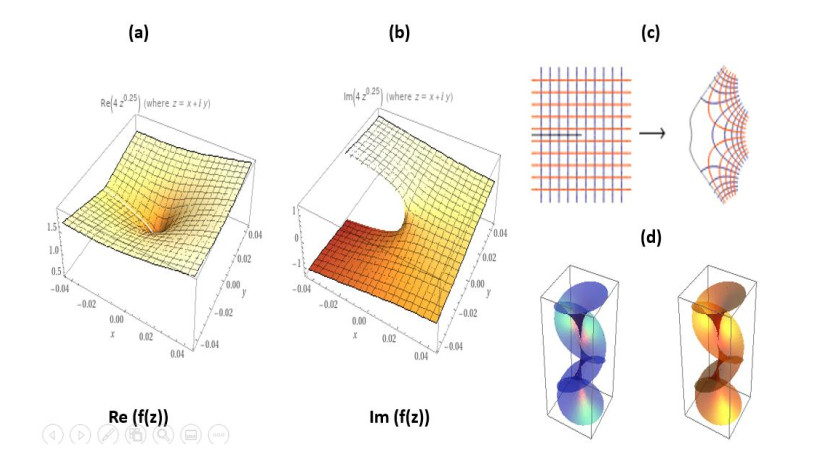
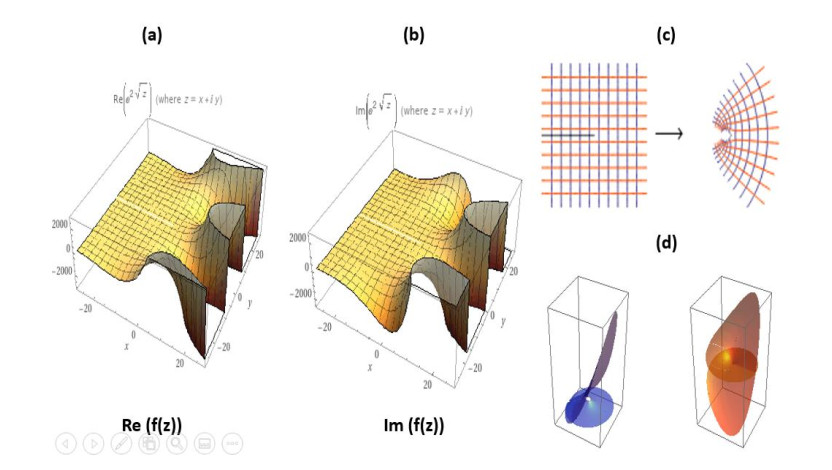
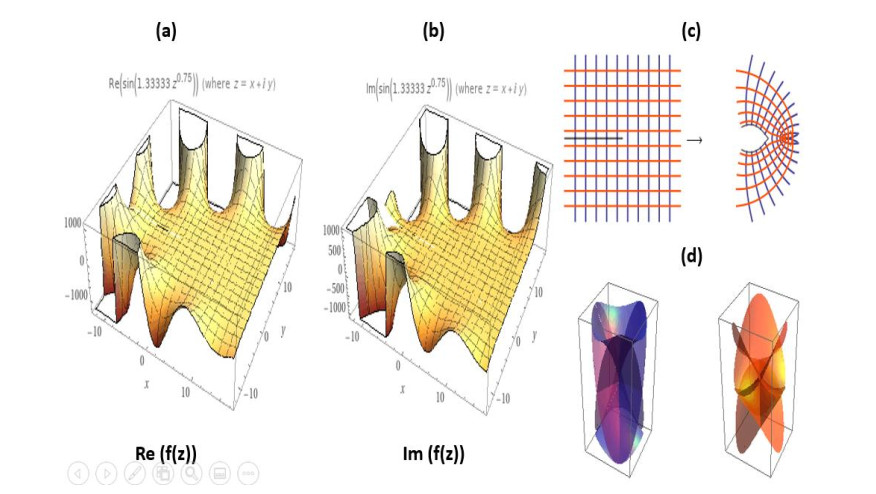
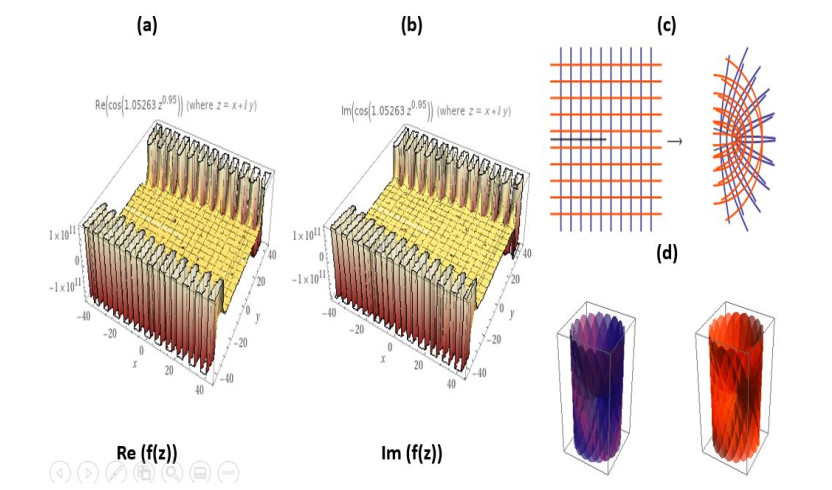
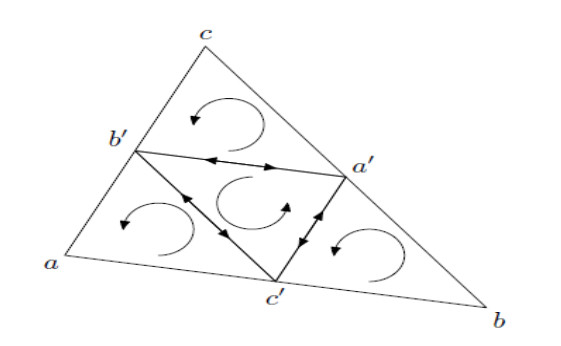
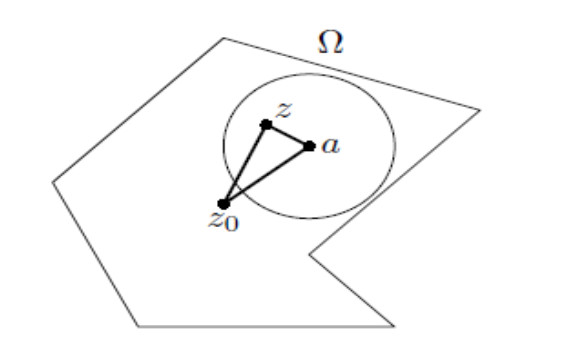


 DownLoad:
DownLoad: